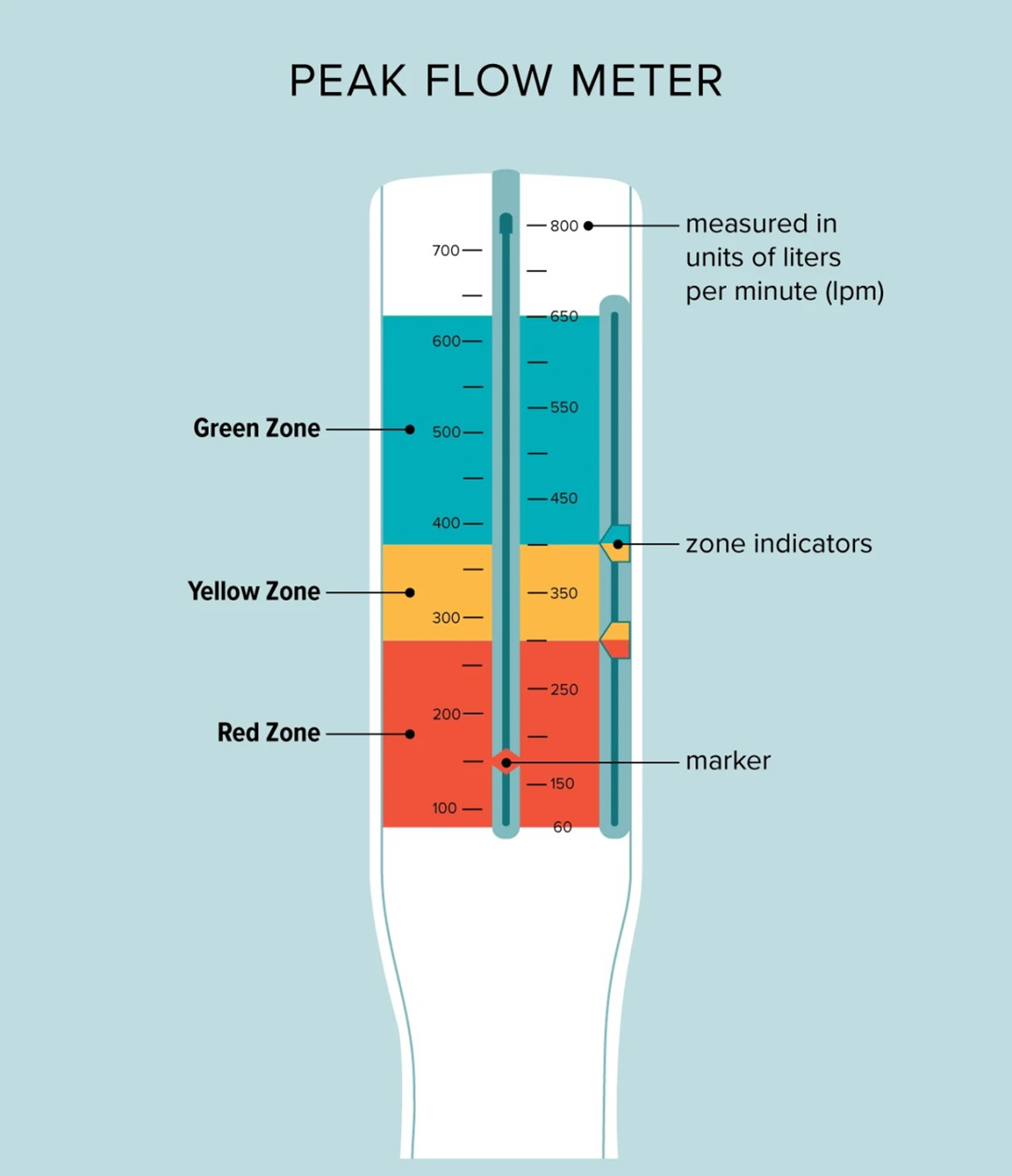A nurse is reinforcing teaching with a client about the use of a peak flow meter. Which of the following actions should the nurse take first?
Show the client a video demonstration of peak flow meter use.
Observe the client using the peak flow meter.
Emphasize the importance of the daily use of the peak flow meter.
Determine the client's knowledge of the use of the peak flow meter.
The Correct Answer is D
Choice A reason: Showing the client a video demonstration of peak flow meter use is a helpful teaching strategy, but it is not the first action that the nurse should take. The nurse should first assess the client's baseline knowledge and readiness to learn before providing any information or instruction.
Choice B reason: Observing the client using the peak flow meter is a way to evaluate the client's learning and skill, but it is not the first action that the nurse should take. The nurse should first determine the client's knowledge of the use of the peak flow meter and then teach the client how to use it correctly.

Choice C reason: Emphasizing the importance of the daily use of the peak flow meter is a way to motivate the client to adhere to the treatment plan, but it is not the first action that the nurse should take. The nurse should first assess the client's knowledge of the use of the peak flow meter and then explain the benefits and rationale of using it regularly.
Choice D reason: Determining the client's knowledge of the use of the peak flow meter is the first action that the nurse should take, as it follows the principle of the nursing process. The nurse should start with assessment, then proceed with planning, implementation, and evaluation. By assessing the client's knowledge, the nurse can identify the client's learning needs, gaps, and preferences, and tailor the teaching accordingly.
Nursing Test Bank
Naxlex Comprehensive Predictor Exams
Related Questions
Correct Answer is B
Explanation
Choice A reason: This is not the correct answer because it distracts the client from the surroundings and could cause loss of balance or coordination.
Choice B reason: This is the correct answer because it enables the client to use the handrails as a support and reduces the stress on the arms and shoulders.
Choice C reason: This is not the correct answer because it creates an uneven distribution of weight and could cause instability or pain.
Choice D reason: This is not the correct answer because it requires the client to shift the body weight abruptly and could cause muscle strain or joint damage.
Correct Answer is B
Explanation
Choice A reason: This is incorrect because the crutch tips should be about 15 cm (6 inches) away from the feet to provide stability and prevent tripping.
Choice B reason: This is correct because the three-point gait involves bearing weight on the unaffected leg while moving both crutches and the affected leg forward at the same time.
Choice C reason: This is incorrect because the crutches should be at the level of the hips, not the waist, to avoid pressure on the axillae and nerves.
Choice D reason: This is incorrect because the arms should be slightly bent at the elbows when walking to reduce fatigue and strain.
Whether you are a student looking to ace your exams or a practicing nurse seeking to enhance your expertise , our nursing education contents will empower you with the confidence and competence to make a difference in the lives of patients and become a respected leader in the healthcare field.
Visit Naxlex, invest in your future and unlock endless possibilities with our unparalleled nursing education contents today
Report Wrong Answer on the Current Question
Do you disagree with the answer? If yes, what is your expected answer? Explain.
Kindly be descriptive with the issue you are facing.
